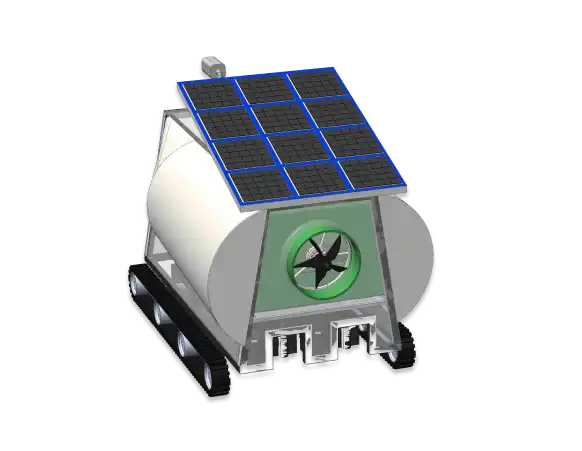Our Product
Insect Hunter
The number of those employed in the agriculture industry is declining, creating an ever-increasing gap between the market need and the available workforce. One possible and cost-effective solution to this problem lies in the automation of tasks done on farming lands. To tackle this problem and facilitate the production of organic crops, we have designed an eco-friendly insect-hunting robot that can attract, trap, and exterminate different types of insects on farms without using a drop of chemicals. We have also incorporated an animal repellant system into our robot that uses ultrasonic and high frequency sound waves to repel small animals such as rabbits, mice, foxes, raccoons, etc. within a 4 meter radius in order to keep them from accidentally getting harmed by our robot.
Eco-Friendly Power Production and Consumption
Throughout the whole process of designing the Ramistech Insect Hunter Robot, our top priority was to be as environmentally conscious as possible. Our robot uses monocrystalline solar panels as its power source, which adds an extra protective layer to the panels. A number of these panels are installed at different angles to optimize sunlight use and power production. The solar panels feed lithium-ion batteries that can hold up to 40 hours of power and contain lower levels of toxic heavy metals. Our robot also uses a DC Gearbox Motor that can change the shaft rotation direction, give our robot an adjustable moving pace, and reduce the overall energy costs.
Mark 1
Mark 2
Set Up and Navigation
The wheels on our Insect Hunter are similar to that of a Mars Rover. These slim wheels (30 cm X 15 cm) are particularly chosen to enable the smooth movement of the robot on different terrains, especially on Canadian farmlands. Our Insect Hunter is customizable to meet your exact needs. For that purpose depending on the type of farmland, crops, and insects there are ready-to-run setting options targeting the most common types of insects. Furthermore, our dynamic suspension system allows the adjustment of the robot’s height in the range of 40 cm to 80 cm. Our robot uses LIDAR, SLAM, and GPS technology for its navigation purposes. A map of the farm is uploaded into the robot’s system and based on the previously mentioned factors influencing adjustments of the robot stopping stations are set.
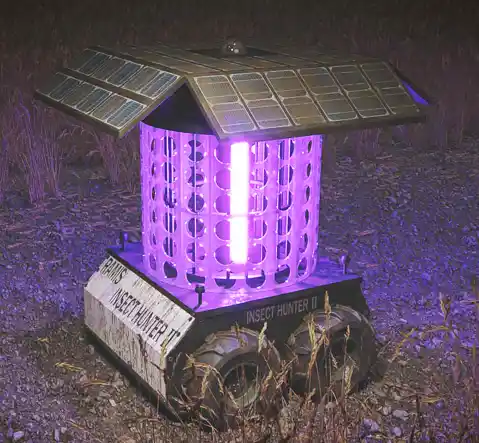
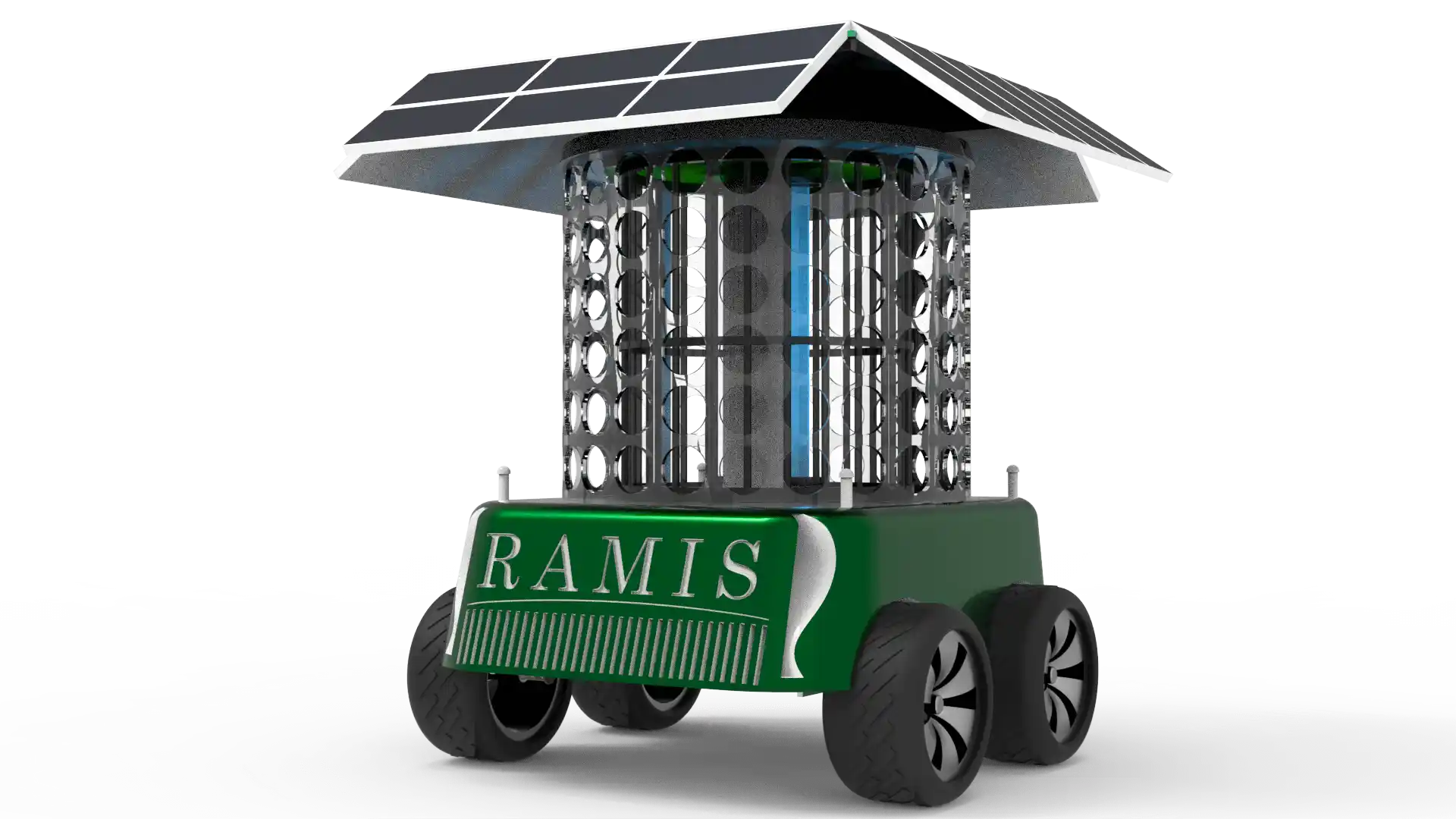
The robot would stay for a pre-determined amount of time in each station and using the two UV lamps provided it would attract insects by stimulating their phototaxis behavior within a 35-30 meter radius. The insects, attracted to the UV light, would move toward the light source and would consequently be subjected to a suction caused by the fan installed underneath the robot that would draw the insect into itself. Once inside the insects would be exterminated by being subjected to the electrified waterproof wire grids inside the robot. A single robot can cover an average of 17 hectares, ten times during the 4 months of the harvesting season. Our robots weigh 40 kg and can carry up to 5 kg worth of exterminated pests within them. Once the robot reaches its capacity the user can either remove the insects manually or opt for automatic disposal of the insects. Furthermore, using motion detection and SIM modules our robot can send you alert texts when a large animal is detected within 7 meters of the robot. The robots are equipped with sim card slots that provide the necessary internet connection for navigation and sending alerts.
RoboGol
We can better understand the role and the benefits of using robots in agriculture by comparing gathered data from different organizations. Rising fossil fuel prices, labor shortages in agriculture, rising labor wages in many developed and developing countries, the need for close monitoring of fertilizer and chemical pesticide usage, increased production oversights, the difficulty in preserving financial capital, the vast amount of environmental pollution, and human injuries, etc. are among the problems that the presence of robots in the agricultural industry could solve.
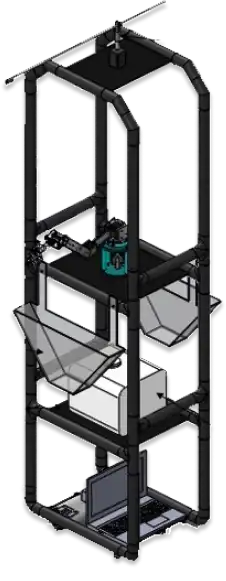

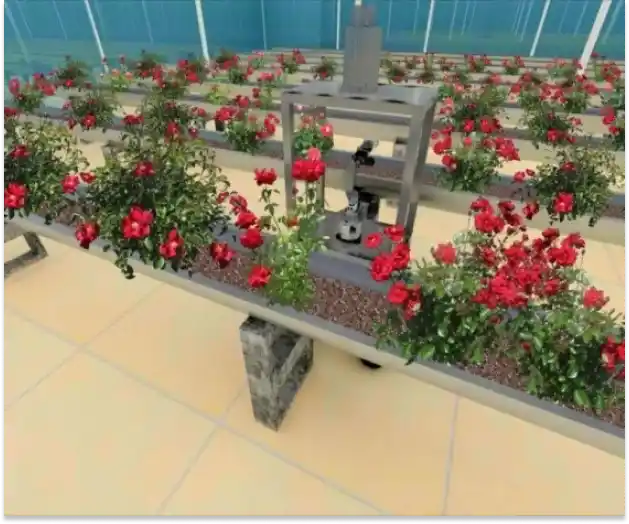
RoboGol (Flower Robot) is a robot designed to work in greenhouses to identify and harvest flowers. Its main duty is to monitor the greenhouse and harvest flowers. With minor changes in its software and hardware, it can be used for other products such as cucumbers, tomatoes, bell peppers, etc. Furthermore, the robot’s platform can be used to move equipment inside the greenhouse. One of its major strengths is that this robot does not require predefined rails or paths to move between rows inside the greenhouse; thus, making more use of the space between the rows.
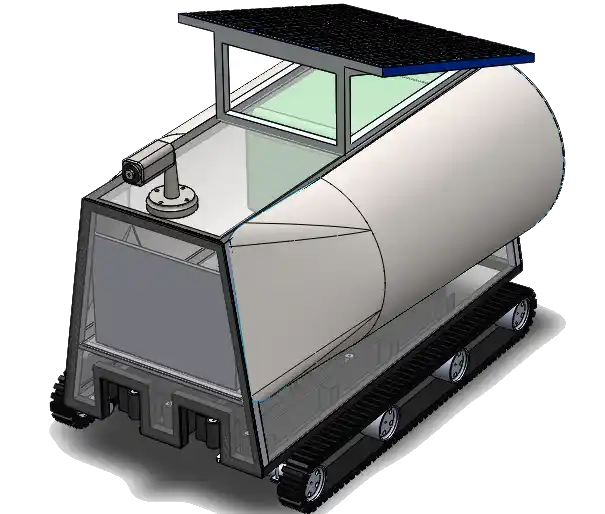
Ramis’s team designed a semi-mechanized device to help harvest saffron according to the requirements of the market and the level of farmers’ income. This device is a moving chassis that is powered by electricity and is environmentally friendly and rechargeable.
- Camera for picturing rows to navigate the robot
- Harvested stigma collection tank and suction system for transporting stigmas
- Solar panel
- Robot body and structure

Saffron Harvester
Due to the lack of water resources and Iran being located in a hot and dry geographical area, the tendency to produce agricultural products with the least water requirements is one of the most important measures to produce capital in the agricultural sector. Saffron is a medicinal and aromatic plant that has long been specific to the Iranian ecosystem, and more than 90% of the global production of this product is in Iran. Factors such as the task of harvesting being time-consuming due to having to be done by hand, flowers being damaged and destroyed, high labor costs and labor fatigue, and monotony of harvesting are among the issues of the traditional harvesting method that limit the expansion of cultivation and eventually crop exports.
Due to the lack of labor force during the harvesting period and a late harvest, nearly one-third of the product is wasted on average. Besides, workers’ wages in flower picking and stigma removal take up more than one-fifth of the cost of each kilogram of saffron produced. Steering circuit for navigation, control, and processing of the robot’s movement, the control of cutting and separating tools, separator controller, stigma suction system, flower cutting, and transfer system on transfer belts to stigma suction pipes are among the features and capabilities of the Saffron Harvester. It also has a chain wheel drive system that allows it to move at a speed of 10 cm per second and carry a 50 kg load of crops.
